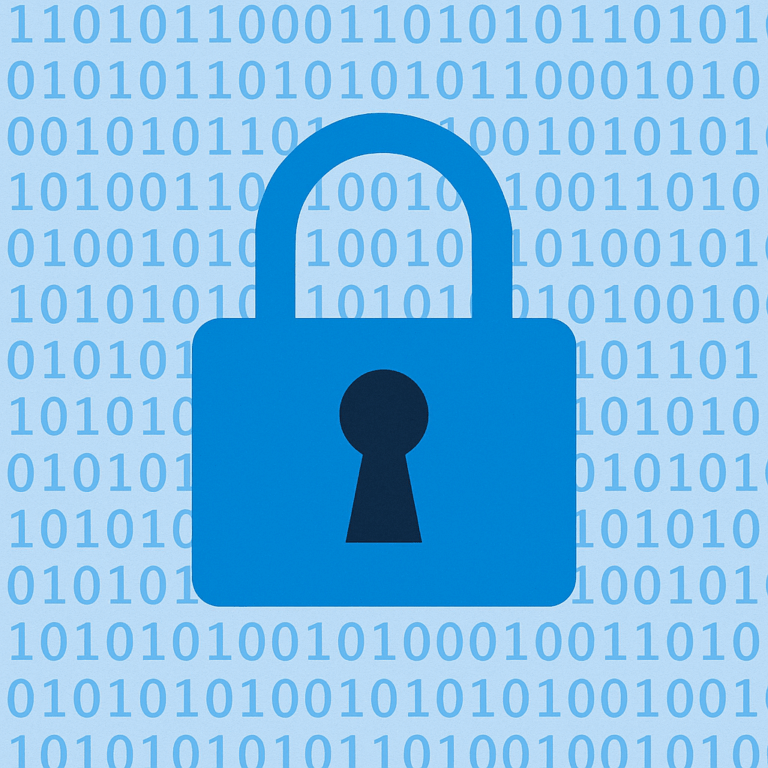Across the globe, we’ve witnessed critical digital systems—designed to guarantee transparency, integrity, and security—being violated not by external attackers, but by their own custodians. When those entrusted to protect a digital infrastructure are the ones compromising it, the question arises: is it a systemic flaw or a human failure?
Global Patterns, Local Responsibilities
From social welfare registries to subsidy and fund management platforms, there have been cases where “security gaps” were exploited—not to strengthen the system, but to subvert it.
Were these vulnerabilities oversights or intentionally placed?
- How many weaknesses were deliberately ignored?
- How often was access granted without proper oversight?
- Are roles and actions adequately separated and logged?
There Is Legislation – But Is It Enough?
Both European and global legislation on public-interest information systems is clear:
- Ensure data integrity
- Record every change
- Enforce role-based access control
- Demand accountability and transparency
Yet even the most robust frameworks collapse when trust replaces control in digital governance.
Humans: The Risk and the Remedy
No matter how secure a system is, if an insider can alter it without detection, then the technology fails. The human factor is both the biggest threat and the greatest hope.
This raises vital questions:
- How digitally mature are the organizations managing sensitive platforms?
- How independent is the oversight they’re subjected to?
- Can citizens trust public data if the system itself doesn’t trust its stewards?
Rethinking the Path Forward
These are not just abstract recommendations—they are being actively implemented in platforms like Wastecloud Integrity Service, which is built to ensure end-to-end traceability, non-repudiation, and compliance with modern integrity standards.
- Strengthen audit trails with independent storage and verification, such as immutable cloud storage or external integrity verification systems.
- Implement zero-trust models and immutable logs, ensuring no changes go unrecorded.
- Digitally sign all critical events and records, leveraging secure hardware-backed keys (HSMs) as used in platforms like Wastecloud Integrity Service.
- Create record hashes for each transaction, stored independently to detect tampering in real time.
- Use timestamped signatures from certified authorities (TSA) to reinforce legal validity and audit resilience.
- Mandate third-party annual integrity checks, with transparency through published results.
- Make operational principles and access levels publicly available, to rebuild public trust in digital governance.- Implement zero-trust models and immutable logs
- Mandate third-party annual integrity checks
- Make operational principles and access levels publicly available



